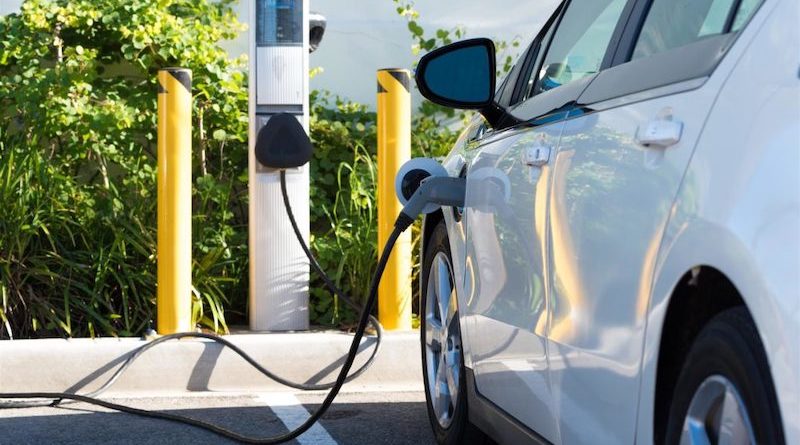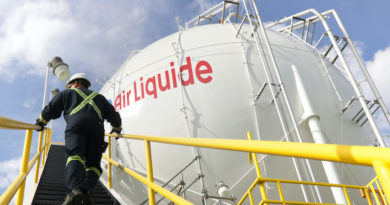
How could the EU transport system achieve its green and digital transformation
Modernising our transport system so that it contributes to the EU’s overall emissions reductions, takes advantage of the very latest technology – and meets our citizens’ expectations – is a huge task. I will not claim otherwise. But we have a plan in place, and we have already moved from the planning to the implementation phase.
Sadly, there is no silver bullet to make our transport system greener and smarter. We need to approach mobility from every angle. This is why our Sustainable and Smart Mobility Strategy – our roadmap for cutting transport emissions by 90% by 2050 – contains as many as 82 concrete measures. Alongside increasing the digitalisation of transport, they are intended to make all transport modes more sustainable, to ensure sustainable alternatives are widely available in a multimodal transport system, and to put the right incentives in place.
I presented the Strategy in December 2020, and this July I was proud to follow up with a first set of proposals. Part of the Fit for 55 package, two proposals are designed to boost the production and uptake of sustainable alternative fuels for aviation and maritime transport, and a third will ensure we have the right infrastructure in place to support the use of alternative fuels.
It is on this third proposal, for an Alternative Fuels Infrastructure Regulation – AFIR, that I want to focus here.
We know that we need to get more emission-free vehicles on our roads. In fact, our Strategy contains the milestone of having at least 30 million zero-emission vehicles on European roads by 2030.
But today we find ourselves in a chicken-and-egg-situation – while the sales of electric vehicles have increased (sales more than doubled between 2019 and 2020, and we expect this trend to continue), some are still reluctant to invest because of a lack of infrastructure. Meanwhile, investment in infrastructure is disappointing, because demand is still relatively low.
I completely understand the consumer’s perspective. Who would buy an electric car if they are not sure that they will be able to recharge it when required? The same reasoning stands for planes, ships and trains. Whether running on electricity, hydrogen, or synthetic fuels, no business or individual will buy a vehicle if they are not 100% confident that they can refuel or recharge it with ease.
Our AFIR proposal will ensure sufficient, interoperable and user-friendly recharging and refuelling infrastructure throughout the EU, taking us out of this vicious circle.
As we are currently far from where we need to be, our proposal contains mandatory deployment targets. On recharging points for cars and vans, we propose a combination of fleet-based targets that ensure a needs-based rollout in line with real fleet uptake, and distance-based targets for fast chargers on the EU’s Trans-European Network. For each battery electric light-duty vehicle registered in an EU country, the country must provide a power output of at least 1 kW, through publicly accessible recharging stations. And along our TEN-T core network, from 2025, we must have at least one recharging pool of at least 300 kW every 60km for cars and vans, including at least one recharging station with an individual power output of at least 150kW. By the end of 2030, this must increase to one recharging pool of at least 600 kW (including the 150kW recharging station).
In addition, we have proposed targets for the comprehensive network, for heavy-duty vehicles, including specific targets for safe and secure parking areas, where lorries can recharge overnight.
We have also proposed targets for hydrogen refuelling stations. I want to see one every 150km along the TEN-T core and comprehensive networks by the end of 2030, as well as at least one publicly accessible hydrogen refuelling station in each major transport hub along the TEN-T.
The targets will help us build an internal market for recharging and refuelling services. They will provide the long-term investment certainty needed to secure a competitive future for Europe’s automotive sector.
But we need to do more than simply install recharging and refuelling stations. We also need to ensure full interoperability and user friendliness. One way to do this is to ensure a common payment method. Another is full price transparency. For both, we are proposing minimum requirements.
AFIR also covers maritime transport and aviation. We want mandatory targets for shore-side electricity supply for passenger and container ships at maritime ports, and minimum shore-side electricity supply infrastructure for inland TEN-T ports. This will reduce emissions, but also help improve air quality in port cities. And we are also proposing targets for electricity supply to stationary aircraft.
Such ambition comes with a cost – there is no ignoring that. We expect private investment to play a large part in meeting the targets, although public financing will be required in the initial phase, and also in areas with low demand.
At EU level, we are supporting investment through the Recovery and Resilience Facility, InvestEU, the Structural Investment Funds and the Connecting Europe Facility.
I believe that our proposal sets the right balance between mandatory targets and market mechanisms. It will create the legal certainty that the automotive, maritime and aviation sectors need, and give all drivers the confidence to consider switching to an alternative fuelled, zero or low-emission vehicle. I am looking forward to discussing it with our co-legislators – the Council, and the European Parliament.




